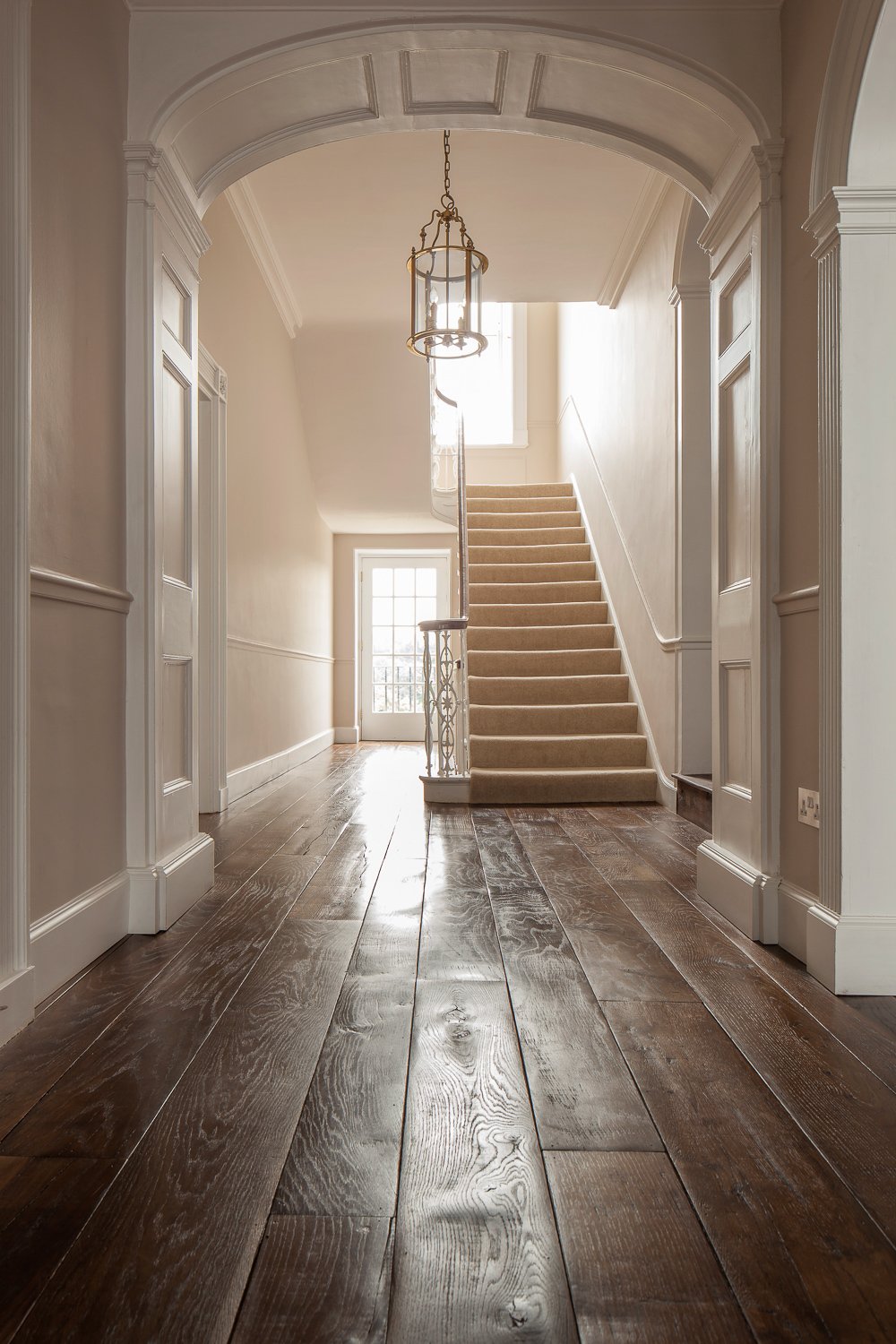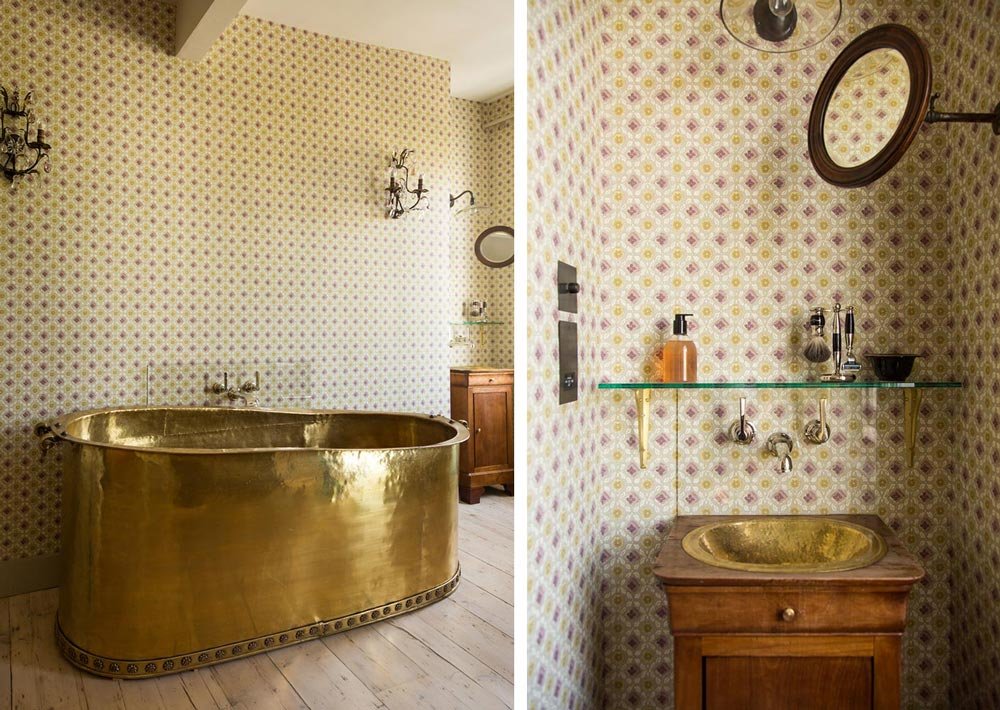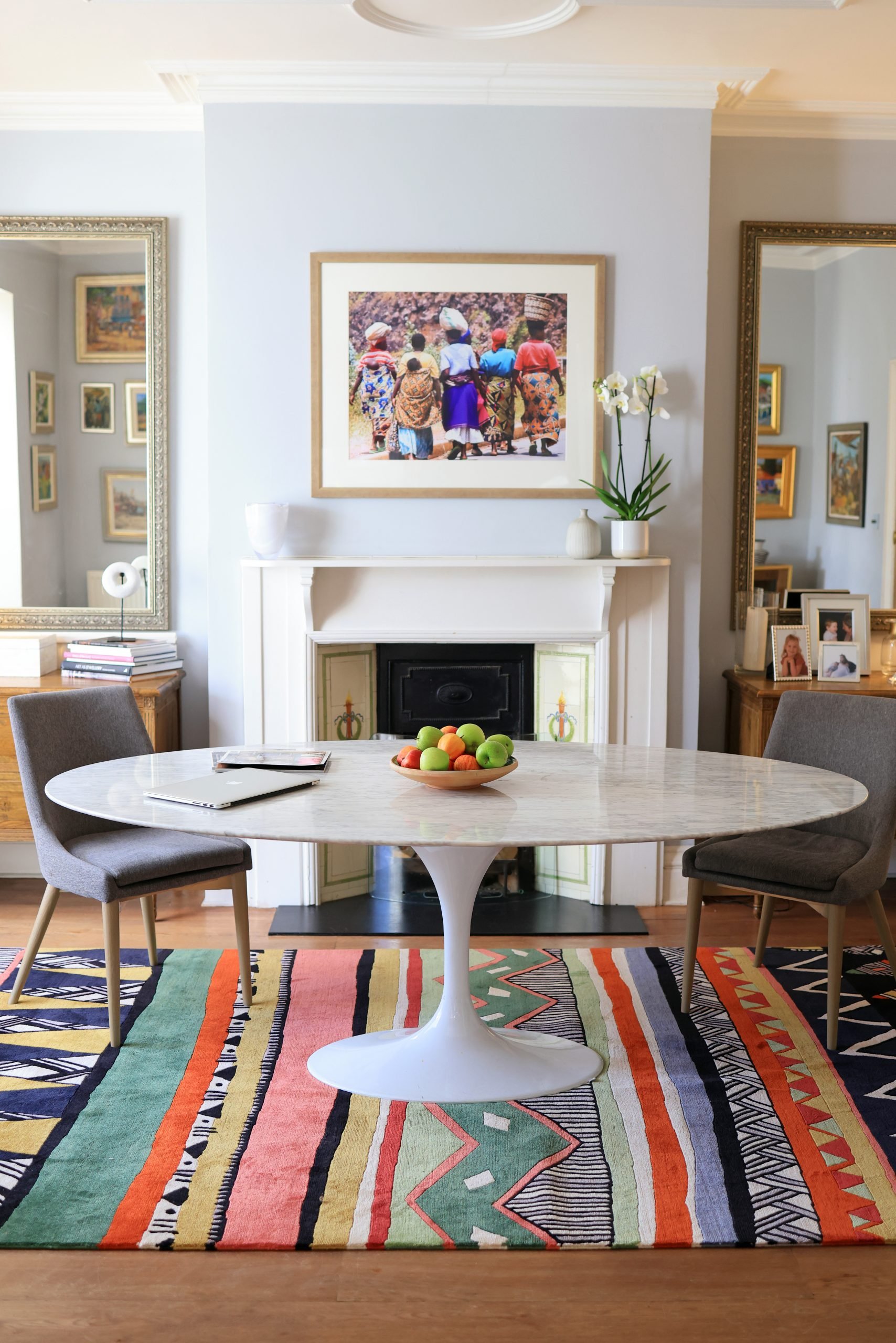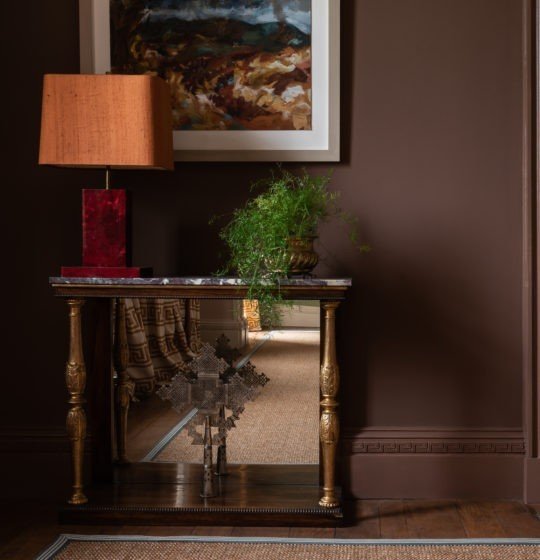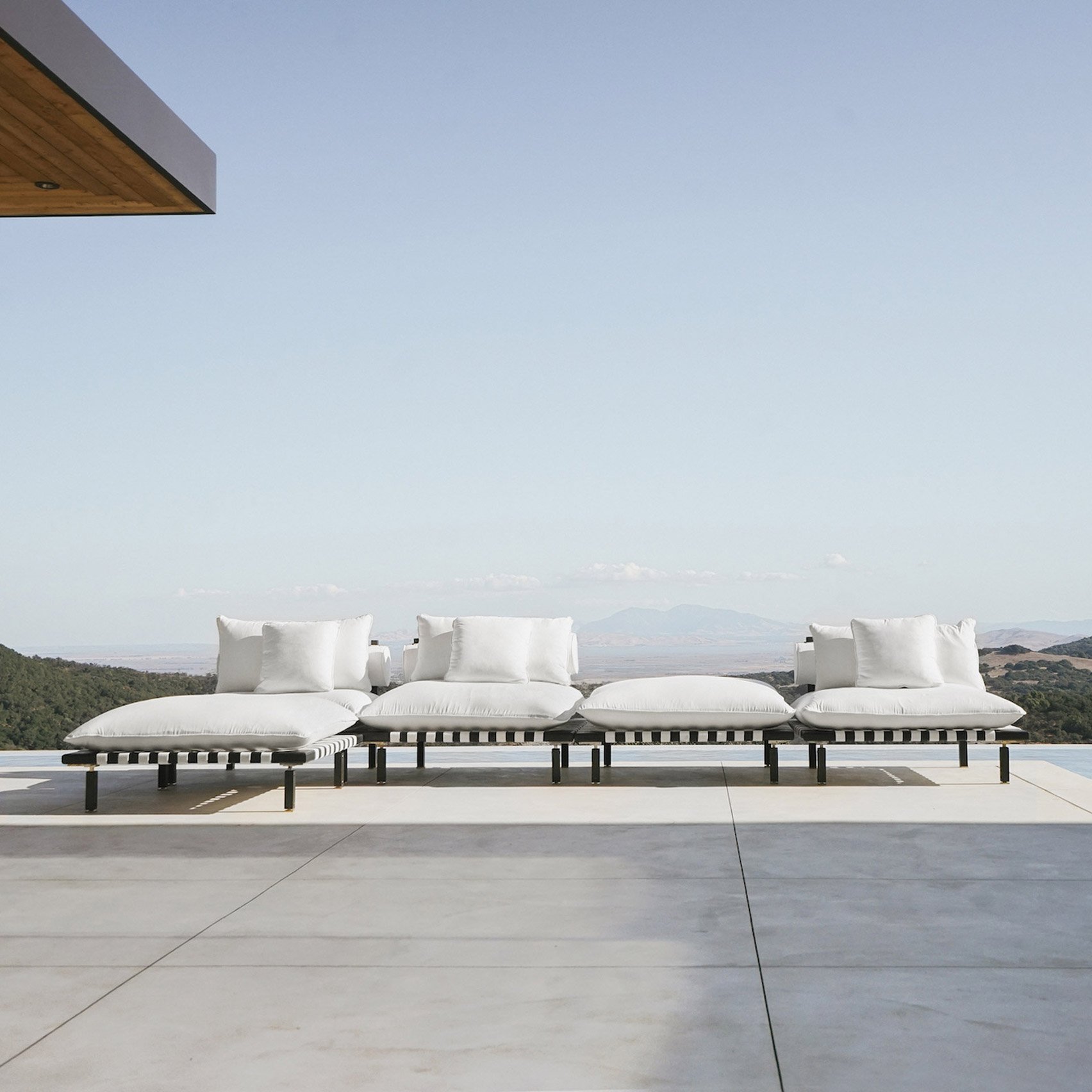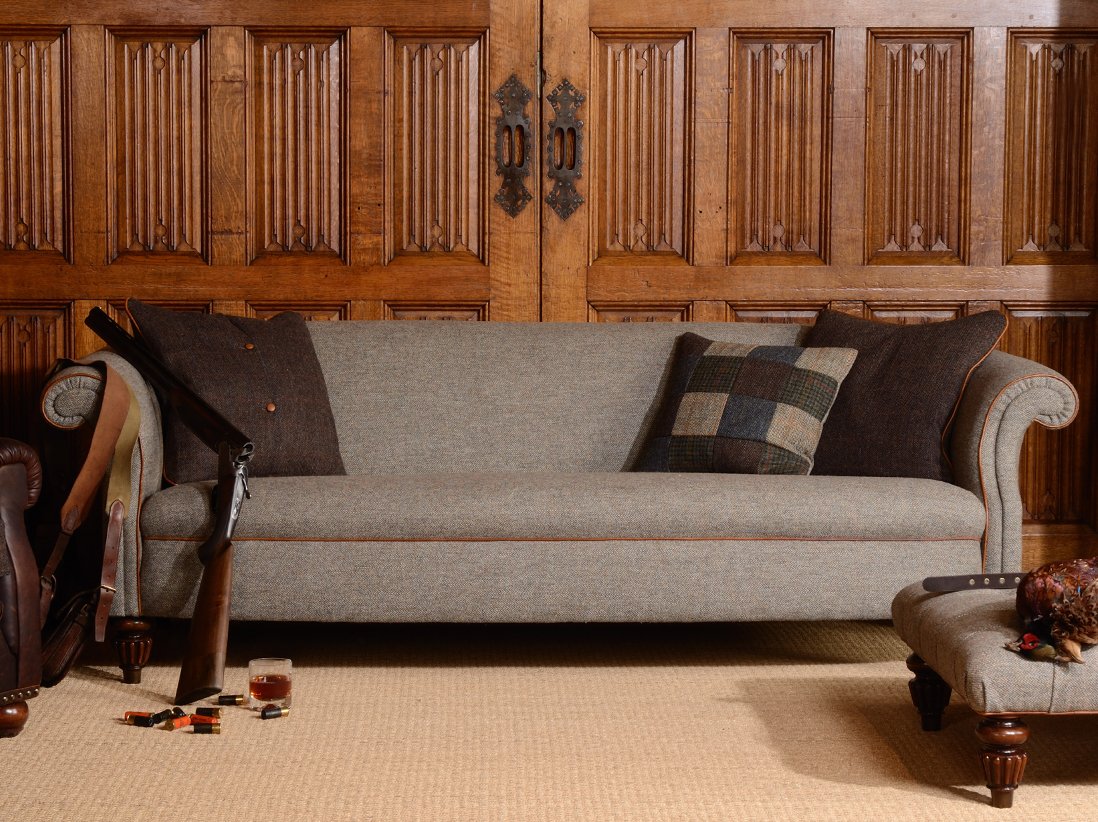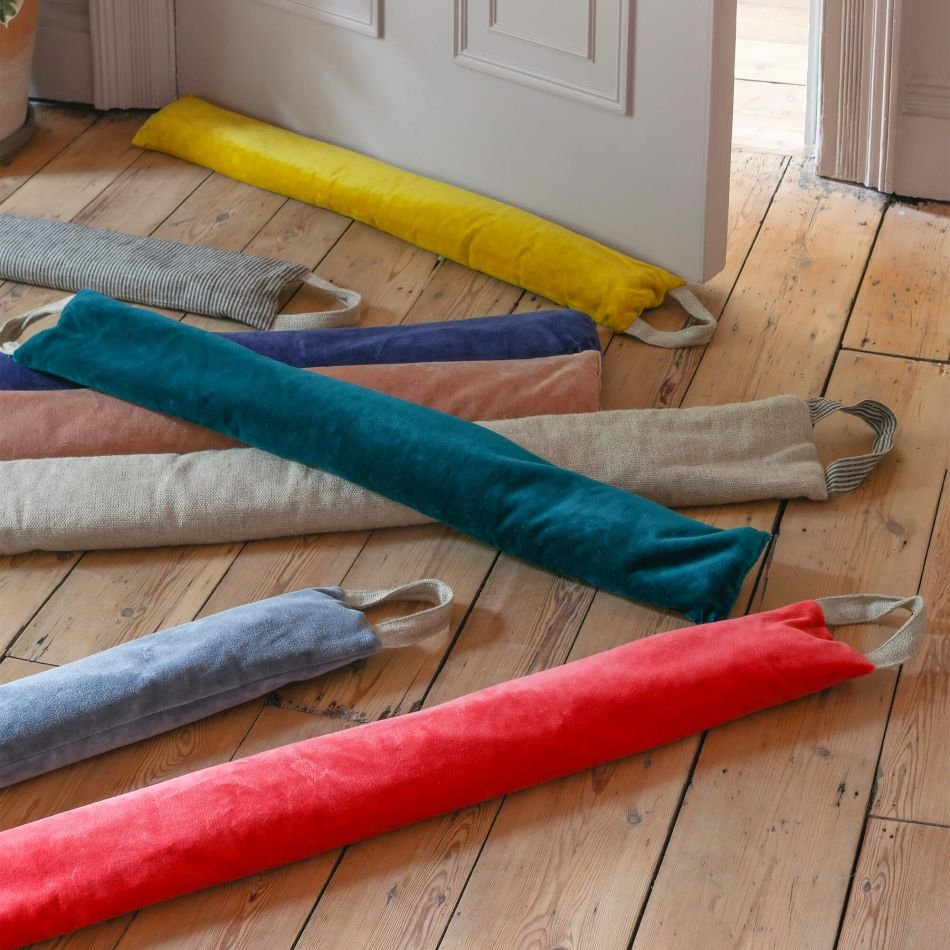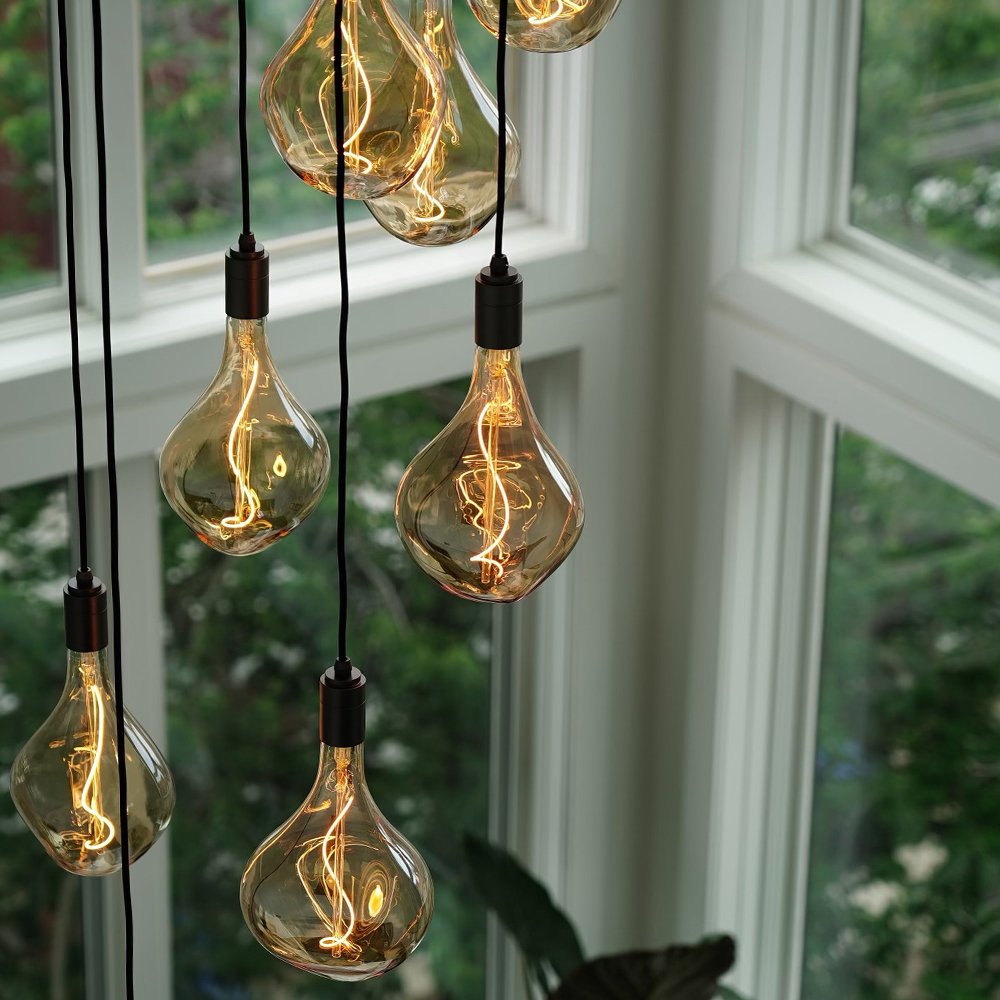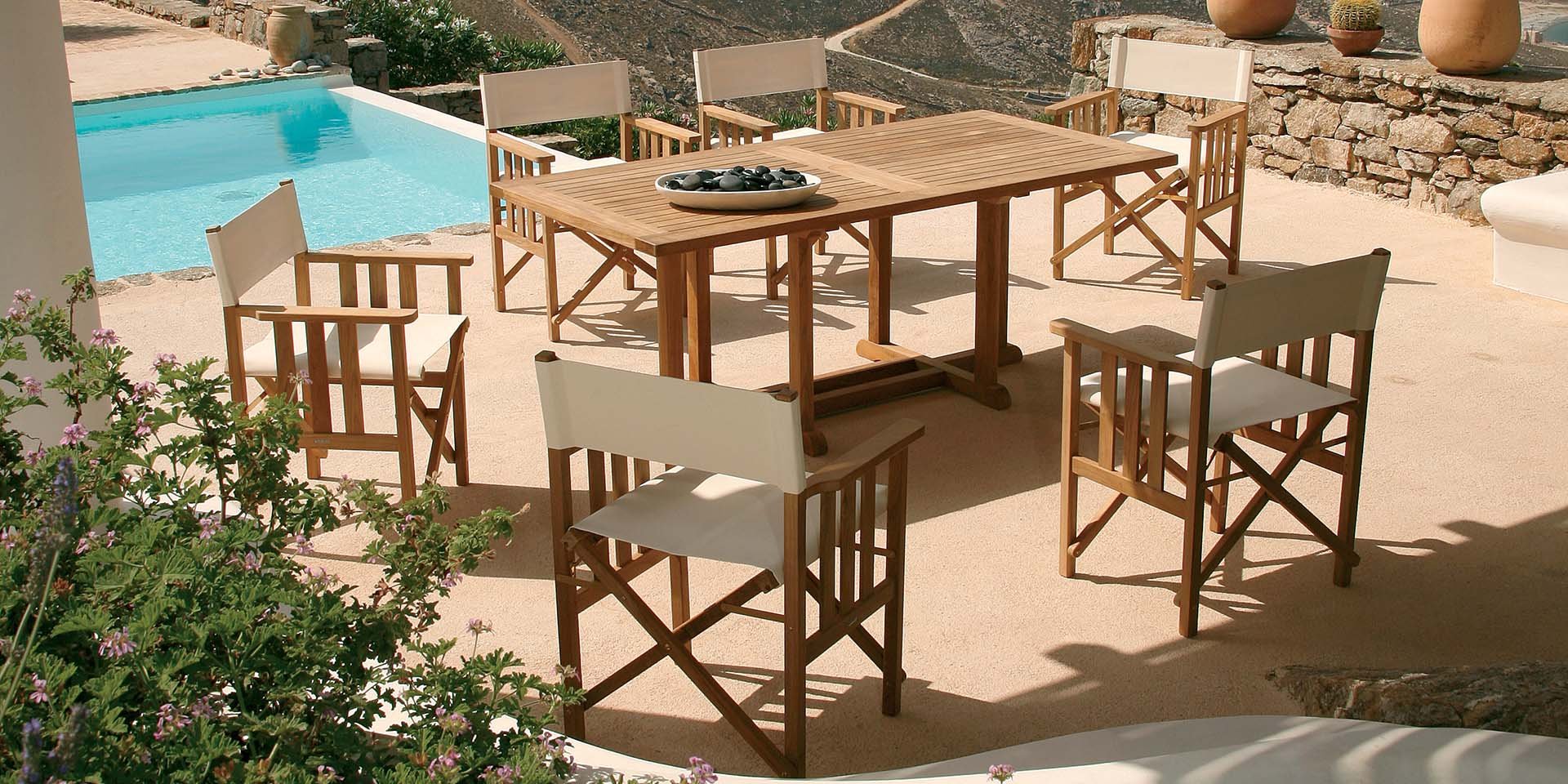10 WAYS TO MAKE YOUR HOME SUSTAINABLE
We’re all looking for new methods to be more sustainable. Perhaps this is a New Year resolution of yours? If so, you’re in luck, because in today’s blog I’ll discuss 10 practical ways to create a greener home, including a number of sustainable companies for you to check out and support.
1. RECLAIM OLD MATERIALS
Reclaimed materials are sourced from old buildings, repurposed and refined to create beautiful, antiqued pieces of often very high quality. This significantly reduces carbon emissions and deforestation, offsetting the effects of throwaway culture.
I regularly source from The Reclaimed Flooring Co, who create beautiful designs from both reclaimed and sustainably engineered wood. You can purchase floorboards and arrange them yourself or have them design bespoke flooring for you. Alternatively, why not use their wood for stunning ceiling and support beams, to really make a statement?
2. REUSE OLD MATERIALS
Reusing furniture and finishes not only saves the planet, but also creates the perfect looking home. Older materials create rustic charm and character. Try sourcing from charity shops, car boot sales and antique shops. There are so many in and around London, you have no excuse not to!
Visit Retrouvius in Kensal Green for authentic, yet reasonably-priced antiques, from rugs to Georgian bullseyes, cheeseboards to baths. They are excellent for quirky and unusual design ideas.
You might also consider these types of materials for things like kitchen countertops. According to Elemental Green, Silestone’s ‘Sunlit Days’ countertops are made using ‘99% reused water, 100% renewable electric energy, and a minimum of 20% recycled raw materials in its composition.’ It acts as a quartz-like material, is hardwearing and is also carbon neutral. If you’re considering having your kitchen redone, give Silestone a look, or contact us here for a consultation on how to make your home more sustainable.
3. UPCYCLE OLD MATERIALS
Upcycling is a very up and coming concept (and something we touched on last year – click here to read more). I first noticed it in the fashion industry, when cactus leaves were made into biofabrics, creating a vegan, cruelty-free yet hardwearing alternative to leather.
Multiple interior designers have proposed similar ideas for furniture. Jennifer Manners have created rugs made from plastic ‘almost indistinguishable from wool’. Having seen these in person, I totally agree. They are environmentally-friendly, more hardwearing than traditional rugs, stain-proof, and ‘bleachable’.
Stay tuned for more products like these – I think this is something that is going to become fairly commonplace.
4. BUY NON-TOXIC
Supporting companies that produce low-impact paints is a great way of being sustainable. According to the 2015 Healthcare Environmental Resource Center, oil-based paints participate in forming ozone.
Edward Bulmer water-based paints are vegan, endorse biodiversity, and CO2 neutral.
EICO paints are carbon-positive, vegan, and produced entirely with renewable energy.
5. BUY LOW-IMPACT FABRICS AND FINISHES
Seek out natural, sustainable fibres and avoid entirely man-made materials. Do be careful though, as some materials like cotton require lots of water, making them less environmentally friendly. Try recycled fabrics, linen and hemp, which require very little water.
Econyl, Tencel, Pinatex and Qmonos are all valid alternatives too, either using recycled materials or engineered to be biodegradable.
So, consider upholstering furniture in these materials instead of typical fabrics! The results will be pretty similar, and they won’t cost the earth.
6. SUPPORT LOCAL, SHOP SMALL
We’re so lucky to have lovely fabrics right here in the UK, so we should take advantage of this! Buying British cashmere and wool reduces air miles and supports local business. In addition, these fabrics are biodegradable, recyclable and natural, so it’s a win-win.
Harris Tweed Hebrides create incredible tweed and tartan from the Isle of Lewis, use sea freight and provide rural employment.
For soft furnishings such as fluffy sheepskin, check out Jacobs & Dalton, who use by-products of the meat industry to create beautiful fashion and homeware pieces.
7. INSULATE EFFICIENTLY
Insulation not only saves your money – it saves the planet too. Eco-friendly techniques include the insulation itself: use formaldehyde-free materials to reduce air pollution and create a safer environment for kids and pets. Instead, use wool (a natural fire retardant), aerogel and thermacork.
Reduce draughts by installing double glazing. Use draught excluders and hang rich, beautiful fabrics on the backs of doors as further protection from the cold. Also consider window treatments with insulating fabrics, to keep even more heat in.
A lot of heat is lost through the floor, so you might opt for carpets or rugs if your home is chilly. I’m not saying don’t use heating, just decorate with warmth in mind to reduce pollution and maximise bang for your buck!
8. USE ECO-FRIENDLY LIGHTING
Lighting is essential in setting the tone of a room. You needn’t sacrifice your lighting to be energy efficient – just use the right bulbs: halogen incandescent, LED or CFL.
According to the Green Age, ‘all three types can provide you with the same level of light. There is only one difference here – while halogen incandescent and LED lights reach their maximum brightness immediately when you flick the switch, CFL takes a minute or two.’
For environmentally-friendly lighting brands, look up TALA. Their fixtures are timeless, while their bulbs are long-lasting with dimming designs to suit all your needs.
9. GREENIFY YOUR GADGETS
There’s too much to say here, so I’ll stick to discussing smart meters.
Use a Google Nest Thermostat to control heating, ventilation and air conditioning from your phone. Google claims that this reduces the average owner’s energy bill by about 15%. It also learns your temperature preferences, so you only burn energy when you need to. As our energy bills are skyrocketing, this one-time investment is a worthy one indeed.
Smart plugs also allow you to turn off devices remotely. If you’re scared you’ve left your straighteners on, you’ll never need to worry again! The environment, your mind and bank account will all benefit, so do consider them when investing in energy-saving gadgets.
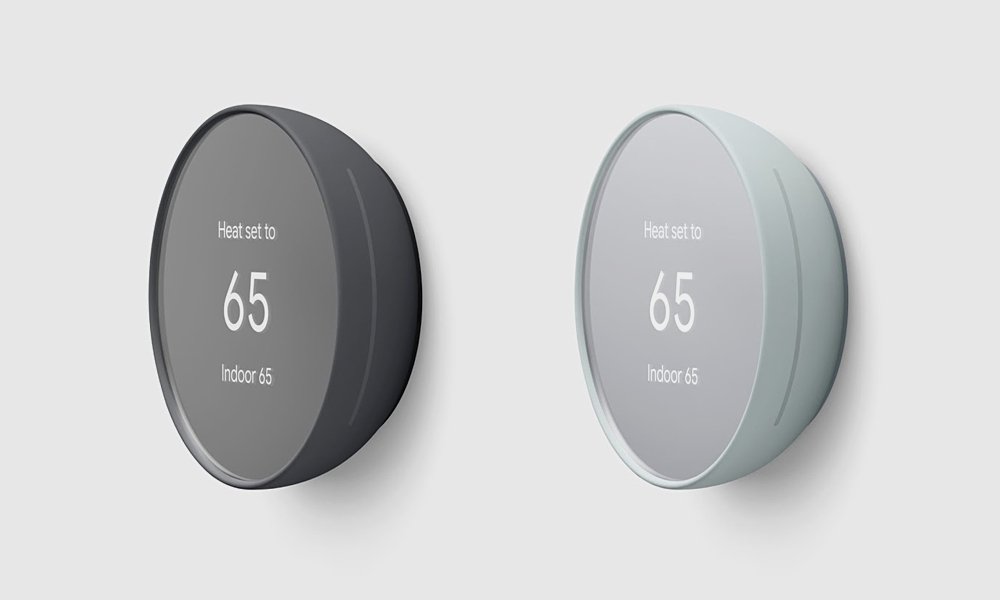
10. UPDATE YOUR GARDEN
This is a huge topic, so I’ll keep things short and sweet. Plant hedges as opposed to building fences, as they provide greenery and make a habitat for wildlife. Plant flowers for pollinators, try growing your own vegetables and herbs, and avoid pesticides like the plague! This is not only a lovely personal project but is the healthiest, most sustainable way to live.
For decoration, think carbon-negative or neutral. Wood, metals, wicker and recycled plastic are all common materials for garden furniture, so you needn’t look too far or wide! Remember the environmentally fabrics we discussed earlier, and upholster any outdoor cushions in these.

